German Orders of Battle for the campaign in the West, 10 May 1940.
Deployment, army groups, armies, corps, divisions, organization and equipment, tanks.
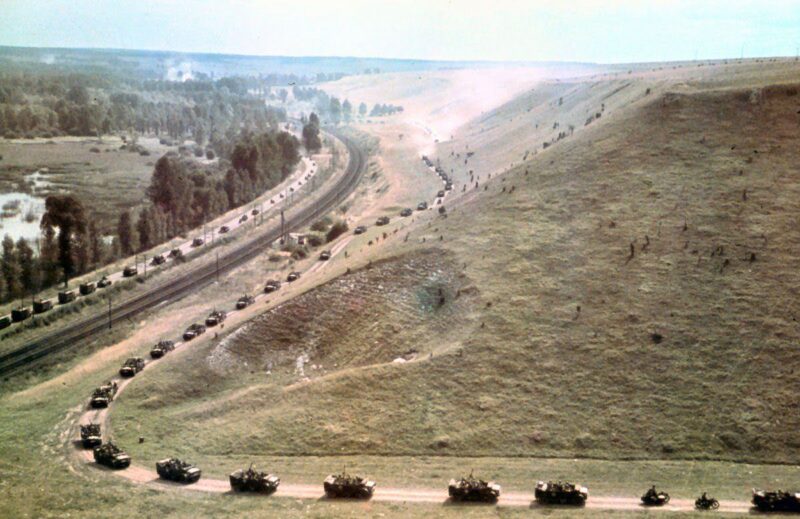
Western Campaign 1940
Table of Contents
The Western Campaign of 1940, also known as the Battle of France, was one of the most important campaigns of the Second World War, taking place from 10 May to 25 June 1940. It resulted in a decisive German victory over the French and British forces. The campaign led to the fall of France and the evacuation of the British Expeditionary Force from the continent.
Invasion of the Netherlands: Germany invades Belgium, the Netherlands and Luxembourg to bypass the heavily fortified Maginot Line along the German-French border.
Ardennes breakthrough: German tank divisions made an unexpected advance through the densely wooded Ardennes region, which the Allies had considered impassable for tanks.
Cutting off the Allied forces: The German advance reached the English Channel, effectively cutting off the Allied forces in Belgium and northern France.
Evacuation at Dunkirk: The encircled British and French troops are evacuated from the beaches of Dunkirk in a large-scale operation involving civilian and military ships.
Fall of Paris: On 14 June, German troops entered Paris, which had been declared an open city by the French government.
Armistice: France signed an armistice with Germany on 22 June, capitulating and dividing the country into a German-occupied zone in the north and west and a collaborationist Vichy regime in the south.
The German victory in the Western Campaign was attributed to the effective use of combined arms warfare, particularly the coordination of air forces with rapidly advancing tank divisions (blitzkrieg tactics). The defeat of France and the Benelux countries dramatically altered the balance of power in Western Europe and allowed Germany to concentrate on other theaters of war.
German Orders of Battle

By May 1940, the number of divisions in the German army was as follows:
- 129 infantry divisions;
- 8 motorized infantry divisions (including 3 Waffen-SS);
- 10 Panzer divisions;
- 3 mountain divisions;
- 1 cavalry division;
- 2 airborne divisions;
In addition, the SS-Verfügungstruppe (from April 1940, known as the Waffen-SS) provided three motorized infantry divisions and a brigade. There were now over two-and-a-half million men under arms in the German Army, of which the Waffen-SS contributed about 100,000.
For the invasion of France the German Army was organized into three army groups:
- Army Group A (von Rundstedt) with 45 1/2 divisions including 7 Panzer;
- Army Group B (von Bock) with 29 1/2 divisions including 3 Panzer, and
- Army Group C (von Leeb) with 19 divisions.
Army Group C held a defensive position against the Maginot Line while the main offensive was launched by Rundstedt’s Army Group A in the Ardennes with a subsidiary invasion of Holland and Belgium undertaken by Army Group B.

Schematic layout of the German Wehrmacht in the West from May 10th, 1940
Schematic layout:
Army Group | Army | Corps | Divisions |
|---|---|---|---|
Army Group A opposite Belgium and Luxembourg (Ardennes) (Reserves: 4, 87, 211, 263, 267 Infantry division) | 4th Army | V Corps | 251, 267, 32, 31 Infantry divisions |
VIII Corps | 8, 28 Infantry divisions |
||
XV Panzer Corps | 5, 7 Panzer, 62 Infantry division |
||
II Panzer Corps | 12, 32 Infantry division |
||
12th Army (Reserves: 9, 27 Infantry division) | III Corps | 3, 23. Infantry division |
|
VI Corps | 16, 24 Infantry division |
||
XVIII Corps | 5, 21, 25 Infantry, 1 Mountain division |
||
Panzer Group Kleist (12th Army) | XI Panzer Corps | 1, 2, 10 Panzer division, mot. Infantry Regiment Grossdeutschland |
|
XLI Panzer Corps | 6, 8 Panzer, 2 motorized Infantry division |
||
XIV mot. Corps | 13, 29 motorized Infantry division |
||
16th Army (Reserves: 6, 15, 26, 33, 52, 71, 73 Infantry division) | VII Corps | 36, 68 Infantry division |
|
XIII Corps | 17, 34 Infantry division |
||
XXIII Corps | 58, 76 Infantry division |
||
Army Group B located opposite to Holland (Reserves: 7, 211, 253, 267, 269 Infantry division) | 18th Army (Reserves: XXIX Corps with 208, 225 Infantry, 9. Panzer division) | X Corps | 207, 227 Infantry division, 1 Cavalry division, mot.SS division Leibstandarte Adolf Hitler, mot.SS division ? |
XXVI Corps | 207, 254, 256 Infantry division, mot. SS-Division ? |
||
IX Corps | 294, 295 Infantry division |
||
6th Army (Reserves: I Corps with 1, 11, 61, 216, 223, 255 Infantry division) | IV Corps | 18, 35 Infantry division |
|
IX Corps | 19, 30, 56 Infantry division |
||
XI Corps | 7, 14, 31 Infantry division |
||
XXVII Corps | 253, 269 Infantry division |
||
XVI Panzer Corps | 3, 4 Panzer, 20 motorized Infantry division |
||
Air Landing Corps | 7 Paratroopers, 22 Air Landing division |
||
Army Group C in the Saar and Rhine front in Southwest Germany (Reserves: 197, 213, 215, 246, 262, 554, 555 Infantry division) | 1st Army | XII Corps | 75, 198, 268 Infantry division |
XXIV Corps | 60, 168, 252 Infantry division |
||
XXX Corps | 79, 93, 258 Infantry division |
||
XXXVII Corps | 257 Infantry division |
||
XLV Corps | 95, 167 Infantry division |
||
7th Army | XXV Corps | 557 Infantry division |
|
XXVII Corps | 218, 221 Infantry division |
||
XXXIII Corps | 239, 556 Infantry division |
||
OKH Reserves in the West | 9th Army | XVII, XXXXVIII, XL, XLII, XLIII, XLIV, XXXVI, XLV Corps | 10, 44, 45, 46, 50, 57, 60, 72, 78, 81, 82, 83, 86, 88, 96, 161, 162, 164, 167, 168, 169, 170, 183, 197, 205, 206, 212, 213, 217, 218, 221, 260, 290, 291, 292, 293, 294, 295, 296, 297, 298, 299 Infantry divisions, 1 SS-Brigade (motorized), SS-Police division, 1 Police division (?) |
Overview of fully established and operational divisions of the Wehrmacht, Waffen-SS and Luftwaffe in the West on 10 May, 1940
Overview:
| Panzer | mot.Inf. | Cav. | Inf. | Mountain | Airborne | Total | |
|---|---|---|---|---|---|---|---|
| Army Group A | 7 | 3.33 | - | 36 | 1 | - | 47.33 |
| Army Group B | 3 | 4 | 1 | 30 | - | 2 | 40 |
| Army Group C | - | - | - | 24 | - | - | 24 |
| Reserves | - | 1.33 | - | 43 | - | - | 44.33 |
| TOTAL | 10 | 8.66 | 1 | 133 | 1 | 2 | 155.66 |
Approximate organization strength of the major types of the German Army divisions in 1940:
| Infantry Division | motorized Infantry Division (1939) | Mountain Division | Panzer Division (1939-40) | Light Division | |
|---|---|---|---|---|---|
| Units total | 87 | 4 | 3 | 5 | 4 |
| Officers | 500 | = | ? | 400 | 400 |
| Officials | 100 | = | ? | 100 | 100 |
| NCOs | 2,500 | = | ? | 2,000 | 1,600 |
| Privates | 13,400 | = | ? | 9,300 | 8,700 |
| Total men | 16,500-17,200 (35 divisions of 1st wave 18,000 | 16,500 | 13,056 | 11,800 | 10,800 |
| Infantry Regiments | 3 with 3,000 men each | = | 2 with 3,000 men each | 2 with 3,000 men each | 1 or 2 with 2,000 or 3,000 men each |
| Machine guns MG34 | 643 (116 heavy) | = | 569 | 220 | 460 |
| Anti-tank rifles | 90 | = | - | ||
| Mortars | 142 (84 x 5cm, 58 x 8.1cm) | = | 118 (60 x 8.1cm, 58 x 5cm) | 50 | 60 |
| Infantry guns | 24 (6 x 15cm, 18 x 7.5cm) | = | 4 (15cm) | 10 | 10 |
| Anti-tank guns | 75 (3.7cm Pak 36) | = | 51 (45 x 3.7 cm, 6 x 4.7cm) | 50 | 50 |
| Howitzers and guns | 48 (8 x 15cm, 36 x 10.5cm leFH, 4 x 10.5cm guns) | = | 36 (8 x 15cm, 12 x 10.5cm, 16 x 7.5cm) | 28 | 24 (10.5cm leFH) |
| Anti-aircraft guns (2cm) | 11 | = | 12 | 12 | 12 |
| Armored Cars | 3 | 30 | - | 100 | 100 |
| Tanks | - | - | - | 324 | 86 |
| Trucks | 500 | 1,700 | - | 1,400 | 1,400 |
| Cars | 400 | 1,000 | - | 560 | 600 |
| Motorcycles | 452 | 1,300 | - | 1,300 | 1,100 |
| Sidecars | 200 | 600 | - | 700 | 600 |
| Horses | 5,375 | - | ? | - | - |
| Horse-drawn carriages | 1,133 | - | ? | - | - |
See also: Germany Army Unit Organization 1939-41.
Known quantities of tanks in May 1940:
Armored fighting vehicles | Inventory |
|---|---|
PzKpfw 35(t) (witn 6th Panzer division in France) | c. 200 |
PzKpfw 38(t) Ausf. A-C (15 A in Norway, 7th and 8th Panzer division in France) | c. 350 |
PzKpfw III (E-G) mit 3.7cm KwK L/46.5 348 | |
PzKpfw IV (A-D) short 7.5cm KwK L/24 | 280 |
Assault gun StuG IIIA with short 7.5cm L/24 | c. 24 |
other serviceable Armored fighting vehicles in Panzer Divisions | c. 1,372 |
TOTAL serviceable Armoured fighting vehicles in Panzer Divisions | 2,574 |
Erich von Manstein
Early Career
Born into a Prussian aristocratic military family, he joined the Imperial German Army before World War I. He served with distinction during WWI and remained in the Reichswehr during the interwar years.
WWII Campaigns
– He was instrumental in developing the plan for the 1940 invasion of France, often referred to as the “Manstein Plan,” which emphasized a surprise thrust through the Ardennes.
– He commanded forces during Operation Barbarossa (1941), the invasion of the Soviet Union, and achieved notable success in the capture of Sevastopol in 1942.
– After the German defeat at Stalingrad, Hitler appointed him to lead Army Group South. Manstein managed to stabilize the front temporarily with a counteroffensive in early 1943, including the Third Battle of Kharkov.
Relationship with Hitler
Manstein was respected for his military ability, but often clashed with Hitler over strategy. He advocated for more flexible, mobile operations, while Hitler increasingly insisted on rigid “stand fast” orders.
Later War and Dismissal
By 1944, with the Eastern Front collapsing, Hitler dismissed Manstein for his continued disagreements. He never held another command.
Postwar
Captured by the British in 1945, Manstein was later tried at Nuremberg and convicted of war crimes, including neglect of duty regarding civilian massacres and the treatment of prisoners of war. He served a prison sentence but was released in 1953.
Afterward, he advised West Germany on the reconstitution of its armed forces (the Bundeswehr) and wrote his memoirs, Lost Victories (Verlorene Siege), which became influential but were criticized for downplaying Nazi crimes and his own complicity.
Legacy
Manstein is remembered as a brilliant strategist but also as a controversial figure, both for his military association with the Nazi regime and for his failure to oppose or prevent atrocities committed by forces under his command.
References and literature
The Armed Forces of World War II (Andrew Mollo)
Krieg der Panzer (Piekalkiewicz)
World War II – A Statistical Survey (John Ellis)
Manstein – Verlorene Siege (Erich v. Manstein Erinnerungen)
A World at Arms – A Global History of World War II (Gerhard L. Weinberg)


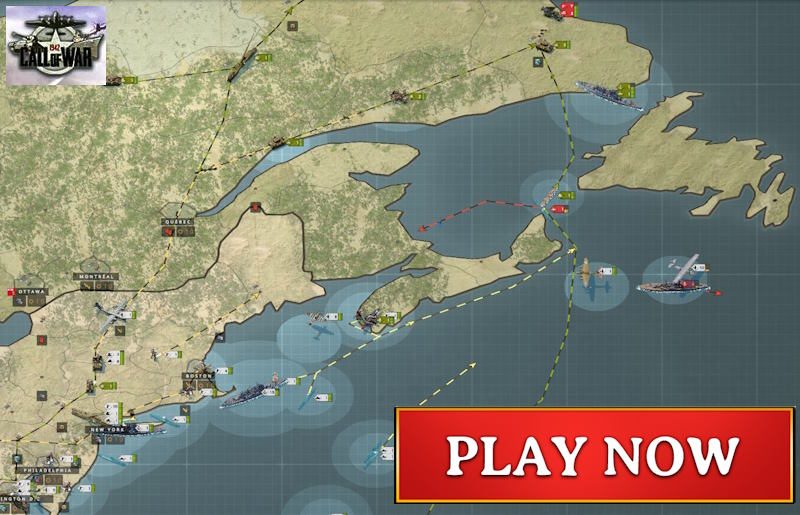

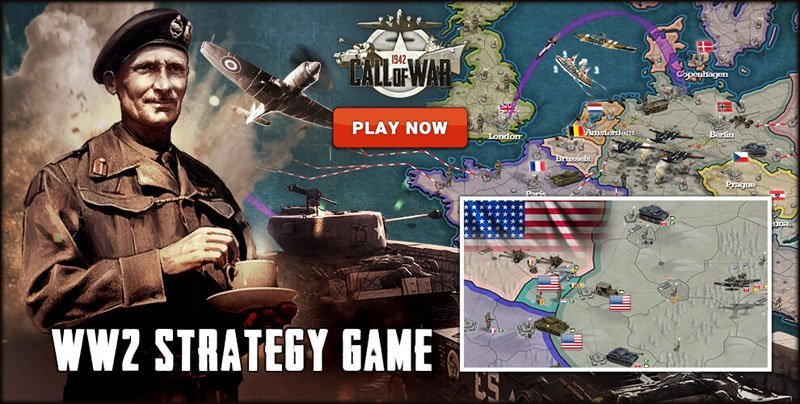
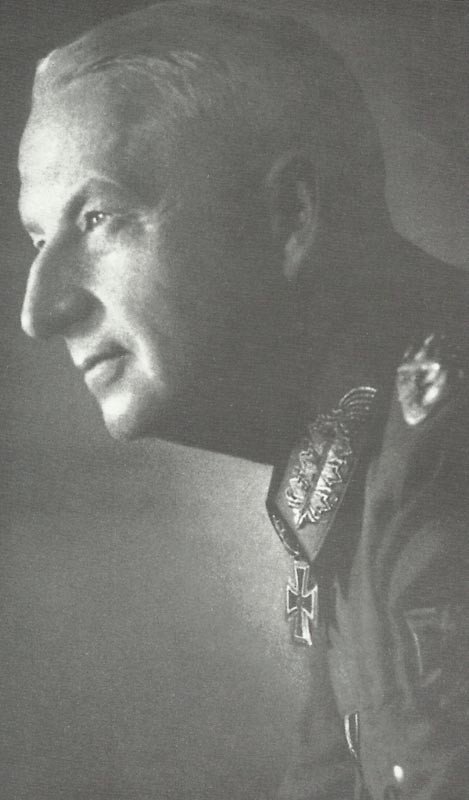
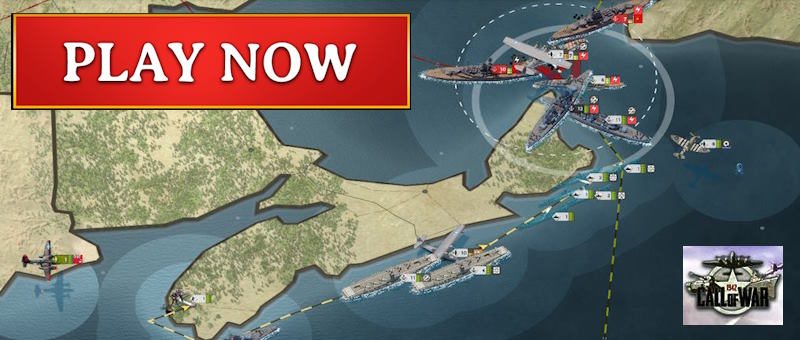
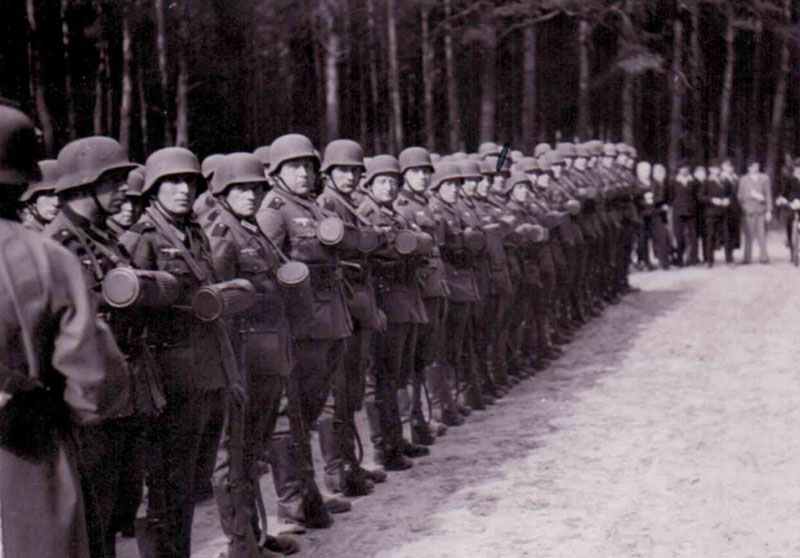
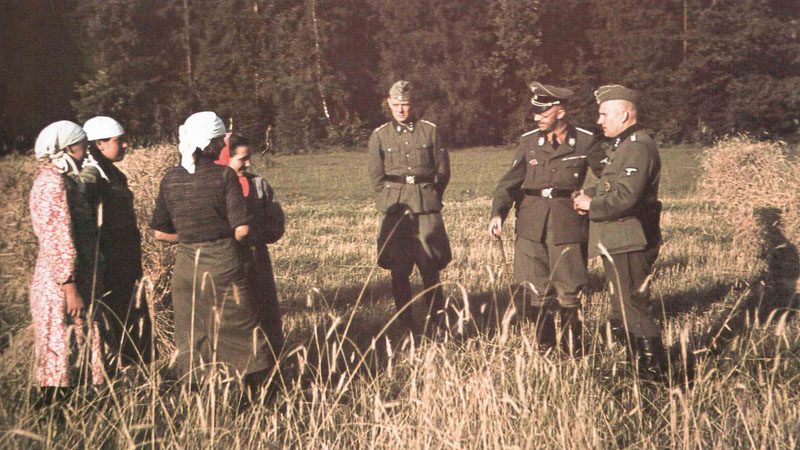
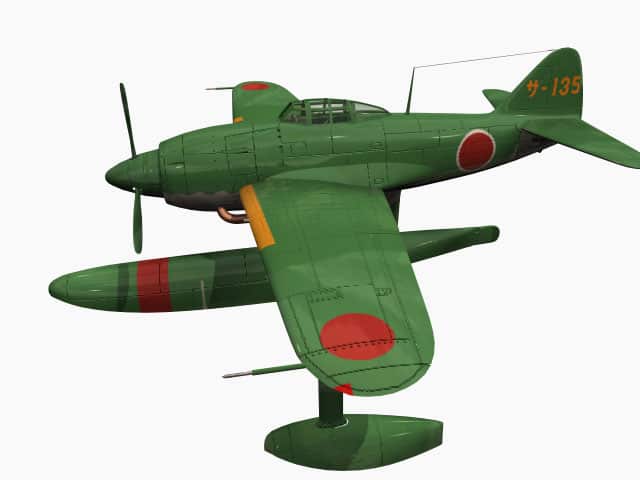
Is it possible to get a more precise definition of what “other servicable armored vehicles ” means?
All other existing types of armored vehicles at this time, eg Pz I, Pz II, … Have just the figures for the mentioned types, the missing vehicles must be filled up from the other ones.
Where is the Luftwafe in this order of battle ?
M.H.H. de Weerd
The Hague, Netherlands
What I knew about Luftwaffe is here: Luftwaffe and German Airborne Forces May 1940
I don’t think a 1940-type panzer division had 324 tanks and I’m pretty sure that the light mechanised divisions were phased out after the Polish Campaign.
May 1940: 9. P.D. had as few as 150+; The 3., 4. & 5. had as many as 340+; but the remaining 6 Div.s had 210+ to 265+. The ave. was about 225+ per. The 4 Leichte Pz. Div.s became Pz. Div.s 6, 7, 8 & 9 respectively. Pz.Rgt. 5 of 3. P.D. was sent to Africa w/Rommel as the 5. lePz.Div., to become 21. Pz.Div. of the Afrika Korps.